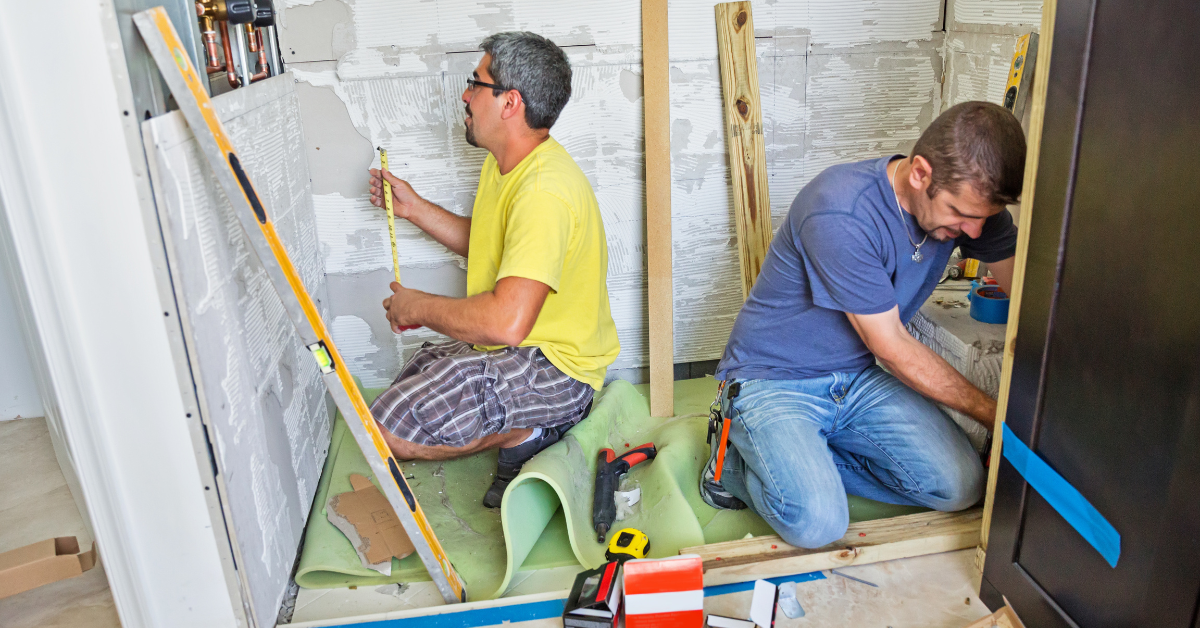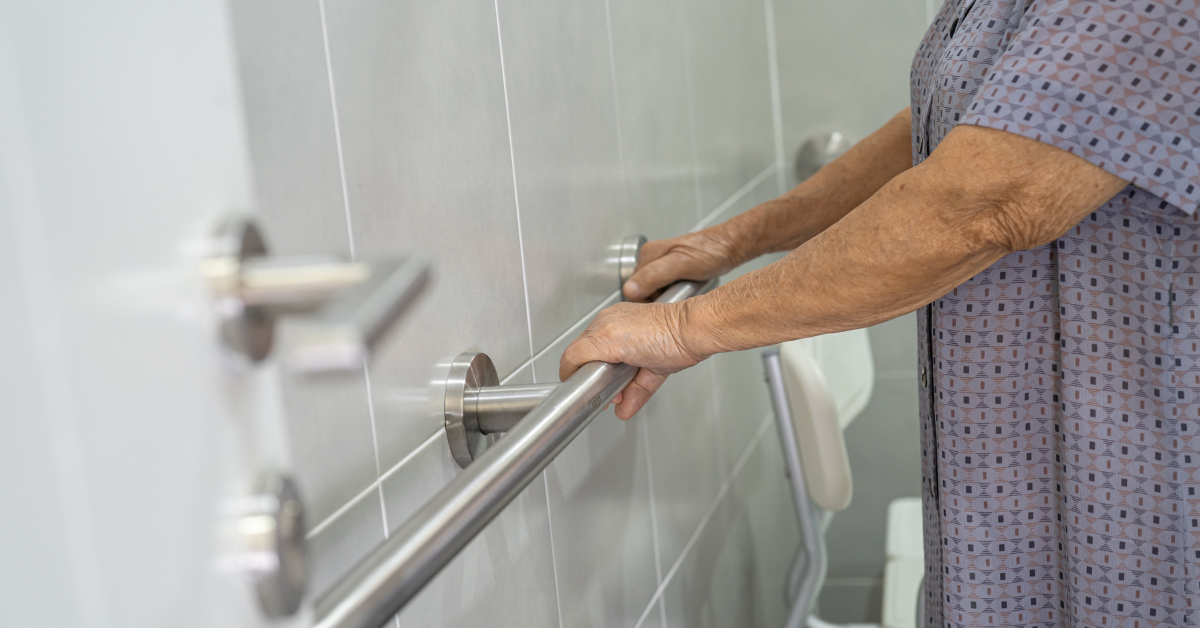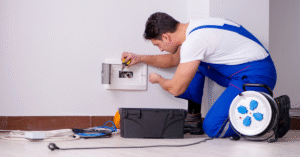
If you’ve been following our recent content on aging-in-place, you might have already decided that staying in your current home is the right choice for your future. Perhaps you’ve read our previous post, “Aging In Place Portland: Is Your Home Ready?”, and taken the room-by-room assessment to evaluate your home’s suitability.
Now comes the practical part: making those modifications happen. Understanding senior home modification costs and financing options is essential when planning to age in place. Fortunately, many valuable modifications don’t require extensive renovations or huge budgets.
Simple, thoughtful changes can dramatically improve safety, accessibility, and comfort in your existing home. According to the National Association of Home Builders, features like grab bars, higher toilets, and improved lighting are among the most common and effective aging in place updates.
In this post, we’ll explore specific, room-by-room modifications that deliver significant benefits, examine the typical costs of various projects, and detail the financing options available to help fund these improvements. Whether you’re planning ahead or addressing immediate needs, understanding both the practical and financial aspects of aging-in-place will help you create a home that supports your independence for years to come.
Simple, High-Impact Modifications by Room
Sometimes the most effective changes are also the simplest. Before we get into costs, here is a quick refresher about room-by-room modifications suggested by the National Association of Homebuilders that can make aging-in-place safer and more comfortable:
Bathroom
- Shower Safety: Add a shower chair or bench for easier bathing, and swap fixed showerheads for handheld models that allow rinsing while seated
- Enhanced Visibility: Replace glass shower enclosures with non-shattering materials for peace of mind
- Fall Prevention: Install slip-resistant strips on shower floors (more effective than bath mats)
- Easier Access: Consider lever-style faucets, which are simpler for older hands to operate
Furniture Adjustments
- Rising Assistance: Choose chairs with armrests to make standing and sitting easier
- Automated Help: Consider a lift chair with electronic controls for safer standing and sitting
- Trip Prevention: Use cord organizers to keep electrical wires from becoming tripping hazards
Bedroom Enhancements
- Comfort and Access: An adjustable bed can improve comfort and make getting in and out easier
- Nighttime Safety: Install simple, motion-sensor night lights to illuminate paths for nighttime bathroom trips
Flooring and Rugs
- Impact Reduction: Install non-shag carpeting over concrete, ceramic, or marble floors to lessen the risk from falling injuries
- Mobility Support: Short-pile carpet is easier to navigate with wheelchairs or walkers
- Trip Prevention: Secure area rugs with double-faced tape or slip-resistant backing to prevent tripping
Kitchen Improvements
- Accessibility: Adjust the location of major appliances for easier reach
- Future Planning: When purchasing new appliances like refrigerators, consider models with handles accessible from a wheelchair or walker
- Storage Solutions: Install slide-out drawers or trays to make existing cabinet contents more accessible
Lighting Enhancements
- Easier Operation: Install easily accessible light switches
- Better Visibility: Add lighting to create safe navigation in all areas, including basements, attics, and closets
- Convenience: Consider voice-activated smart lighting, which can be perfect for seniors

Senior Home Modification Costs Explained
When planning for aging-in-place, knowing typical senior home modification costs helps you prioritize improvements and create a realistic budget, and plan modifications in stages if you need to be strategic with cashflow. Here’s what you might expect to pay for common aging-in-place renovations:
| Project | Cost Range Estimate |
|---|---|
| Install stair lift | $2,000–$20,000 |
| Convert a tub to a shower | $1,800–$2,500 |
| Install a walk-in shower | $1,500–$9,000 |
| Install a walk-in tub | $3,000–$25,000 |
| Install non-slip flooring | $6,400–$11,000 |
| Install raised toilet seat | $50–$200 |
| Add grab bars in one bathroom | $100–$750 |
| Convert to a touch-free faucet | $1,000–$1,500 |
| Install lever taps on faucets | $150–$330 |
| Lower kitchen countertops | $15,000–$20,000 |
| Install a temporary exterior ramp | $1,400–$3,000 |
| Install a permanent exterior ramp | $22,000+ |
| Install entry handrails | $700–$1,200 |
| Widen a doorway | $200–$2,500 |
| Widen hallway without structural changes | $800–$1,400 |
| Widen hallway with structural changes | $30,000–$40,000 |
| Convert to rocker light switches throughout home | $1,500–$2,000 |
| *Source National Association of Realtors | local costs may vary |
The wide range in costs often depends on factors such as:
- The size and complexity of your existing space
- Quality of materials selected
- Whether structural changes are required
- Local labor costs of your chosen contractor
- Permits and inspection requirements
Consider starting with highest-impact, low-cost modifications. These provide immediate safety/comfort benefits without significant investment. You can then plan for larger projects based on your budget and timeline.
Financing Your Aging in Place Projects
While senior home modification costs can vary widely, a number of financing options exist to help make these essential improvements sooner rather than later.
Home Equity Line of Credit (HELOC)
If you’ve paid off most of your mortgage, you can use that equity to obtain a home equity line of credit. HELOCs typically offer lower interest rates because your home serves as collateral, and you can withdraw funds as needed for various renovation projects. According to the IRS, homeowners can deduct the interest on up to $750,000 of the loan if the funds are used to “substantially improve” the home.
Home Equity Loan
Similar to a HELOC, a home equity loan allows you to borrow against your home’s equity but provides funds in a lump sum rather than as a line of credit. You’ll repay this loan in regular installments. Home equity loans generally offer relatively lower interest rates and the same tax benefits as HELOCs.
Home Improvement Loan
For homeowners with good credit, this type of personal loan from a bank, credit union, or online lender typically doesn’t require placing a lien on your home. While interest rates may be higher than home-secured loans, the application process is often simpler.
Reverse Mortgage
Homeowners aged 62 or older who own their home outright may qualify for a reverse mortgage, which converts a portion of your home equity to cash while allowing you to continue living in your home. Unlike traditional loans, no monthly repayments are required; the debt becomes due only when the property is sold or permanently vacated.
State Housing Finance Agency Loans
State agencies and nonprofit organizations such as Rebuilding Together often offer financial assistance specifically for seniors. Funds may also be available through the Older Americans Act, distributed by Area Agencies on Aging (AAA). Keep in mind that income limits typically apply, so check with a certified professional to understand eligibility requirements.
For a deeper dive on senior home financing options have a look at our recent blog post on this very topic!

Conclusion and Next Steps
Creating a home that supports aging-in-place doesn’t have to be overwhelming or prohibitively expensive. By starting with simple, high-impact updates and understanding typical senior home modification costs, you can create a more accessible home without breaking the bank. As your needs evolve, you can implement additional changes using the financing options that best fit your situation.
Remember that aging-in-place planning is highly individual—what works for one person may not be ideal for another. The modifications you choose should reflect your specific needs, preferences, and home layout.
If you’re still evaluating whether aging in place is right for you, revisit our previous blog post, “Aging In Place Portland: Is Your Home Ready?” for a comprehensive assessment framework. And for a complete resource that takes you through the entire aging in place process, download our free guide, “Aging-In-Place: Adapting Your Home for Safety, Comfort, and Independence.”
Ready to create a personalized aging-in-place plan for your Portland home? Schedule a free, no-pressure consultation. We can connect with certified aging in place specialists, trusted contractors, as well as local financing experts who can help make your aging-in-place ideas a reality.
Thanks for reading : )
Peter Lindberg
Lead Broker – Silver Compass Property Group
Senior Real Estate Specialist
503-806-4277






